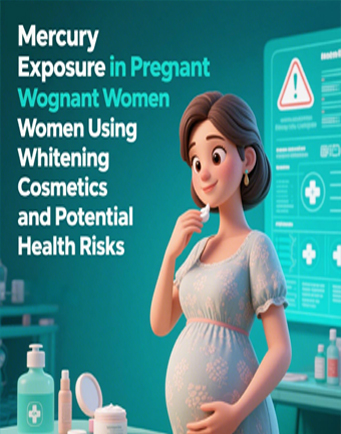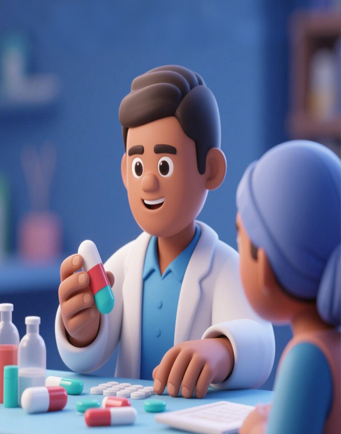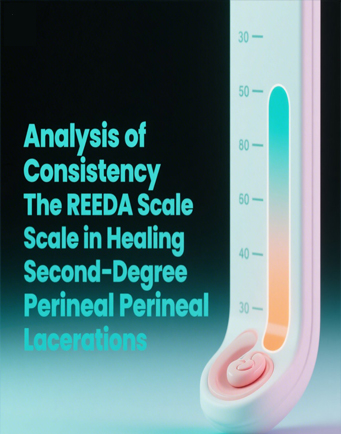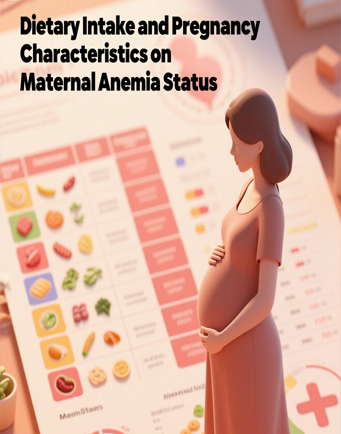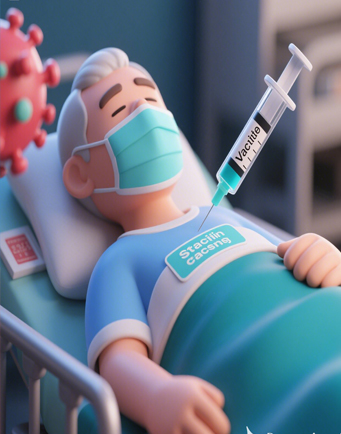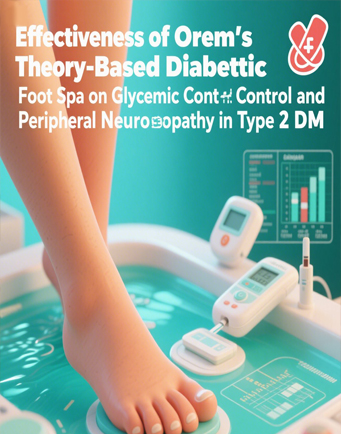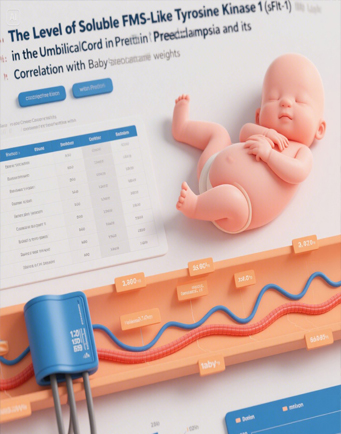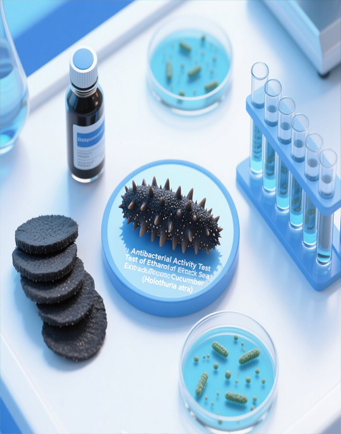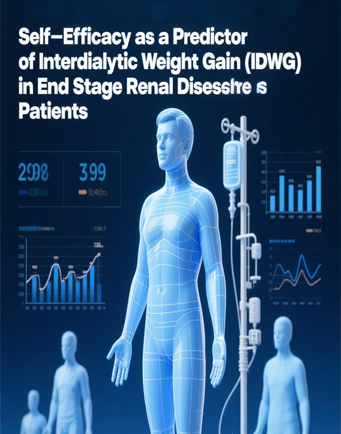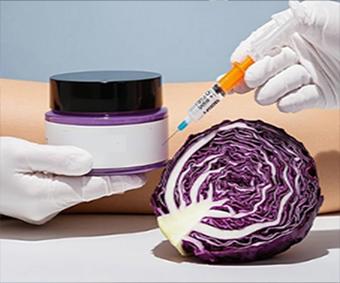Penyerapan Air Dan Kelarutan Bahan Semen Ionomer Kaca Sebagai Penutup Pit Dan Fisur Gigi
Downloads
BACKGROUND: Pit and fissure sealants are materials that are often used for preventive maintenance, especially on occlusal surfaces of teeth that are susceptible to caries. All restoration materials that come into contact with water will experience 2 mechanisms, namely the absorption of water, which causes matrix swelling and increased mass and water solubility, namely the release of components from unreacted monomers and causing reduced mass. OBJECTIVE: Measure the value of water absorption and solubility of glass ionomer cement as a cover of the pit and fissure of the tooth. METHODS: 18 specimens of glass ionomer cement sealant material manipulated according to the manufacturer's instructions consisted of six specimens measuring 15 mm in diameter and 1 mm in thickness made for each immersion time. The specimen was put into a desiccator at 37°C for 22 hours and then put into another desiccator with a temperature of 23°C for 2 hours. The specimen was weighed with a precision scale of 0.1 mg. Measurements are carried out repeatedly until a constant mass is obtained (M1). Next, the specimen was put into 40 ml of aquabides and stored in a desiccator at 37°C for 1 day, 2 days and 7 days. At the end of each immersion time, the specimen was removed from aquabides, dried with suction paper and vibrated in the air for 15 seconds. Specimens are weighed to get M2. The specimens were reconditioned to the desiccator at 37°C for 22 hours and then put into another desiccator with a temperature of 23°C for 2 hours and this procedure was repeated one day later, then the mass was weighed repeatedly until a constant mass was obtained (M3). RESEARCH RESULTS: The Kruskal-Wallis statistical test shows that there is no significant difference in the average water absorption value and solubility of materials for immersion for 1 day, 2 days and 7 days. CONCLUSIONS AND RECOMMENDATIONS: The absorption rate of glass ionomer cement as a cover of dental pit & fissure decreased until the second day and increased until the seventh day, with an average absorption of water for 1 day immersion of 42.68mg/mm³, 2 days 40, 53mg/mm³ and 7 days 42.99mg/mm³. Solubility value in water of glass ionomer cement as a cover of dental pit & fissure decreased until the second day then increased until the seventh day, with an average solubility of material for immersion for 1 day at 41.46mg/mm³, 2 days 39.39mg/mm³ and 7 days 41,91mg/mm³. It was said that there was no significant difference in the value of water absorption and solubility of materials during the immersion period of 1, 2 and 7 days. It is recommended that in the application of glass ionomer cement as a cover of dental pits and fissures, please note in the provision of varnish or protector to reduce the occurrence of water absorption and solubility of the material. In addition, the pit and fissure of the tooth that has been covered should be controlled 3 months later to find out if the cover is still intact or has been damaged or loose. It is also recommended that there is further research to determine the value of water absorption and solubility of ingredients if soaked in artificial saliva for more than 7 days.
Agustiono, P., Irnawati, D., 1997, Pola Kelarutan dan penyerapan Air pada Bahan Tumpatan Gigi Hibrida Semen Ionomer Kaca dan Resin komposit Aktivasi Sinar tampak Jurnal Kedokteran Gigi Universitas Indonesia. 1997; 4 Edisi Khusus KPPIKG.
Anusavice, K.J., 1994, Ilmu Bahan Kedokteran Gigi, EGC, Jakarta.
Archegas, L. R, dkk, 2008, Sorption and Solubility of Composites Cured with Quartz-tunsten Halogen and Light Emitting Diode Light Curing Units, Journal Contemporary Dental Practice, 2008 February.
Baum, L., 1997, Buku Ajar Ilmu Konservasi Gigi, EGC, Jakarta.
Cefaly, D.F., dkk, 2006, Water Sorption of Resin-Modified Glass Ionomer Cements Photoactivated with LED, Brazilian Oral Research, 2006; 20 (4)
Combe, E.C., 1992, Sari Dental Material, terjemahan, Balai Pustaka, Jakarta.
Craig, R.G., 1979, Dental Materials, Mosby Company, London.
Dahlan, S., 2006, Statistika untuk Kedokteran dan Kesehatan, PT. Arkansas, Jakarta.
Department of Health North Sidney, 2008, Pit and Fissure Sealants : Use of in Oral Health Servoce NSW, diakses dari http://www.health.nsw.gov.au/policies/pd/2008/pdf/PD2008_028.pdf pada 12 Juni 2015.
Gerdolle, D.A., dkk, 2008, Water Sorption and Water Solubility of Current Luting Cement: An in vitro study, Quintessence International, 2008 March.
Ghanim, A., 2010, Water Sorption and Solubility of Different Commercially Available Dental Cements, Medical Journal of Babylon, Volume 7 Issue 3 – 4, pp; 410- 421, Babylon University.
Harris, N.O dan Garcia, F.G, 2004, Primary Preventive Dentstry. 6th Ed., Pearson, New Jersey.
Hertanto, M., 2008, Pengaruh Lamanya Perendaman Resin Pit dan Fissure Sealant Di Dalam Air Terhadap Nilai Penyerapan dan Kelarutannya, Skripsi, Universitas Indonesia, Jakarta.
Kervanto, S., 2009, Arresting Occlusal Enamel Caries Lessions with Pit and Fissure Sealants, Academic Dissertation Faculty of Medicine, University of Helsinki, diakses dari http://oa.doria.fi/bitstream/handle/10024/43707/arrestin.pdf?sequence=1 pada 6 Juni 2015
Keyf F, dkk, 2006, Water Sorption and Solubility of Different Luting and Restorative Dental Cements, Journal of Turkey Medical Science, 2006; 36 (1).
Lesser, D., 2001, An Overview of Dental Sealants, diakses dari http://www.adha.org/downloads/sup_sealants.pdf pada 8 Juni 2015.
Mount, G.J dan Hume, W.R., 2005, Preservation and Restoration of Tooth structure, Knowledege Books and Software, Queensland.
Noort, R.V., 2007, Introduction to Dental Materials 3rd Ed., Mosby Elsevier, London.
Nunn, J.H., 2000, British Society of Paediatric Dentistry: A Policy Document onFissure Sealants in Paediatric Dentistry, International Journal of Paediatric Dentistry, diakses dari http://www.bspd.co.uk/publication-19.pdf pada 6 Juni 2015.
Pinkham, J.R., 1994, Pediatric Dentistry, Infancy Trough Adolescence 2nd Ed., WB. Saunders Co., Philadelphia.
Copyright notice
Ownership of copyright
The copyright in this website and the material on this website (including without limitation the text, computer code, artwork, photographs, images, music, audio material, video material and audio-visual material on this website) is owned by JURNAL INFO KESEHATAN and its licensors.
Copyright license
JURNAL INFO KESEHATAN grants to you a worldwide non-exclusive royalty-free revocable license to:
- view this website and the material on this website on a computer or mobile device via a web browser;
- copy and store this website and the material on this website in your web browser cache memory; and
- print pages from this website for your use.
- All articles published by JURNAL INFO KESEHATAN are licensed under the Creative Commons Attribution 4.0 International License. This permits anyone to copy, redistribute, remix, transmit and adapt the work provided the original work and source is appropriately cited.
JURNAL INFO KESEHATAN does not grant you any other rights in relation to this website or the material on this website. In other words, all other rights are reserved.
For the avoidance of doubt, you must not adapt, edit, change, transform, publish, republish, distribute, redistribute, broadcast, rebroadcast or show or play in public this website or the material on this website (in any form or media) without appropriately and conspicuously citing the original work and source or JURNAL INFO KESEHATAN prior written permission.
Permissions
You may request permission to use the copyright materials on this website by writing to jurnalinfokesehatan@gmail.com.
Enforcement of copyright
JURNAL INFO KESEHATAN takes the protection of its copyright very seriously.
If JURNAL INFO KESEHATAN discovers that you have used its copyright materials in contravention of the license above, JURNAL INFO KESEHATAN may bring legal proceedings against you seeking monetary damages and an injunction to stop you using those materials. You could also be ordered to pay legal costs.
If you become aware of any use of JURNAL INFO KESEHATAN copyright materials that contravenes or may contravene the license above, please report this by email to jurnalinfokesehatan@gmail.com
Infringing material
If you become aware of any material on the website that you believe infringes your or any other person's copyright, please report this by email to jurnalinfokesehatan@gmail.com.


